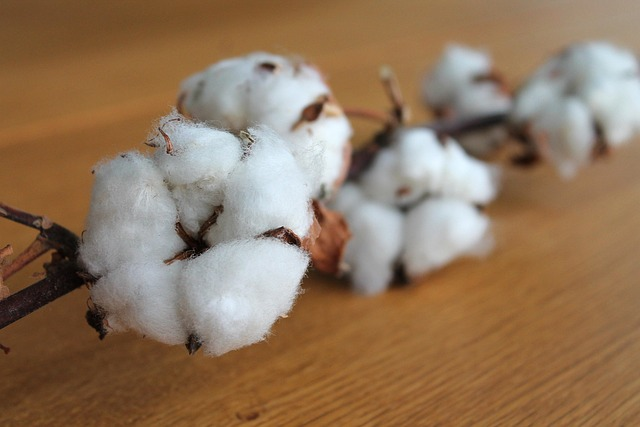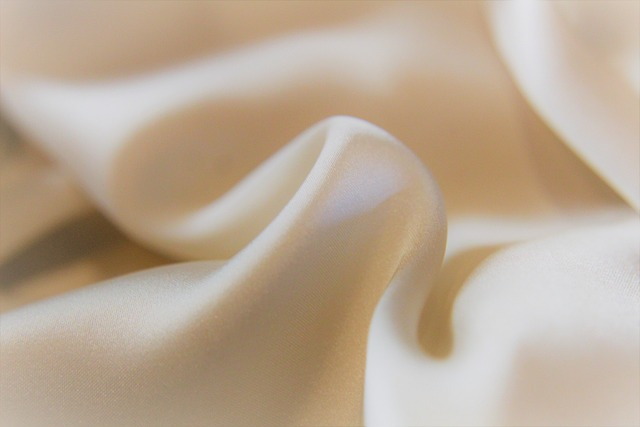If you have sensitive skin, the fabric you wear can make a big difference in how your skin feels. Rough, synthetic, or chemically treated fabrics often cause irritation, itching, or flare-ups, especially for people with sensitive skin and allergies. Choosing skin-friendly fabrics can help reduce discomfort and support healthy skin. Here’s a guide to the best fabrics for sensitive skin and why they work.

Organic Cotton – Gentle and Breathable for Sensitive Skin
Organic cotton should be a top choice for anyone with sensitive or allergy-prone skin. It’s different from conventional cotton as it’s grown without pesticides or harsh chemicals. This makes it much safer for delicate skin. Cotton is soft, breathable, and allows air to circulate, helping to prevent overheating or excess moisture, which can trigger irritation.
Linen – Cool and Airy
Linen is made from the flax plant and is breathable, absorbent as well as naturally resistant to bacteria. It’s especially useful in hot weather, as it allows for airflow and helps keep the body cool. While new linen can feel a bit stiff, it softens with use and washing, becoming very comfortable over time.

Bamboo Fabric – Naturally Hypoallergenic
Bamboo is another excellent option for people with sensitive skin. It’s naturally hypoallergenic, antibacterial, and moisture-wicking, which keeps the skin dry and reduces the risk of irritation. The fabric feels smooth and lightweight against the skin making it ideal for underwear, sleepwear, and summer clothing. Bamboo fabric is also an eco-friendly choice.
Modal – Soft and Skin-Friendly for Sensitive Skin
Modal is a fabric made from beech tree pulp, a semi-natural fiber known for its buttery-soft texture and excellent moisture absorption. It resists shrinking and holds up well to washing, making it a reliable everyday fabric that’s gentle enough for skin.

Silk – Soft and Non-Irritating
Silk has long been known for its smooth and luxurious feel. It’s particularly gentle on the skin and helps reduce friction that can cause redness or rashes for people with sensitive skin. Silk fabric is also temperature-regulating, which helps prevent overheating. Many people with sensitive facial skin use silk pillowcases to reduce irritation and prevent breakouts.
When buying clothing, look for labels like GOTS-certified organic cotton or OEKO-TEX® Standard 100, which indicates low chemical usage. Always wash new clothes before wearing, preferably with fragrance-free, hypoallergenic detergent.
Wearing the right fabrics is more than just a comfort choice as it’s an important step in protecting your skin and overall well-being.
If you liked this article, you might also like Understanding Skin Depression: Causes, Symptoms, and Solutions










